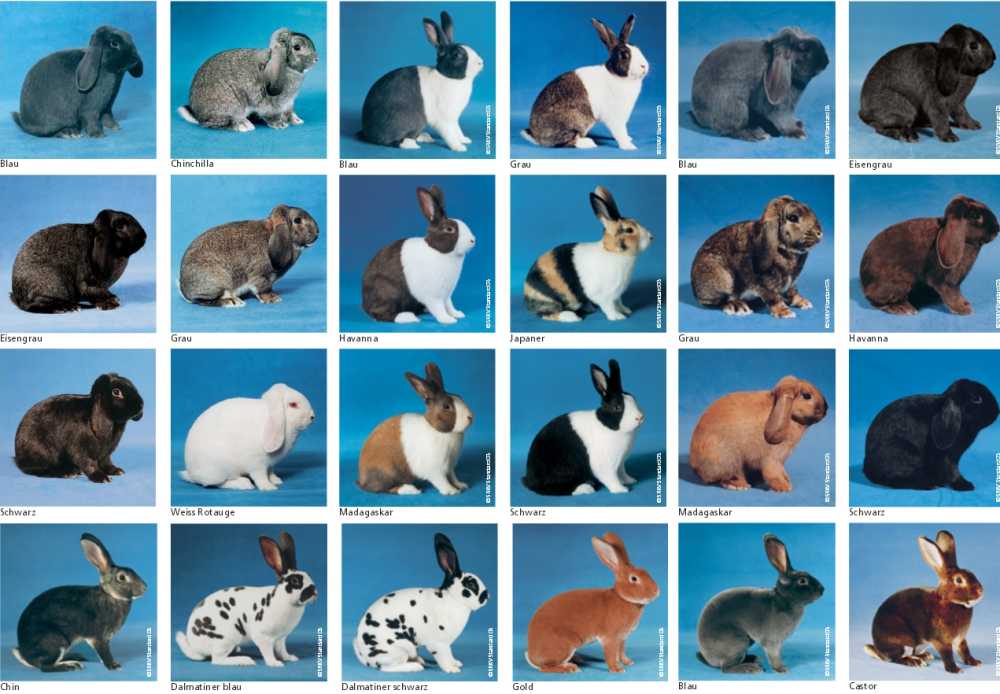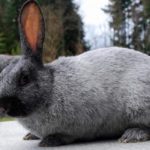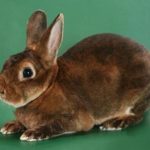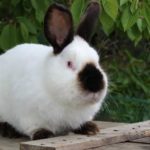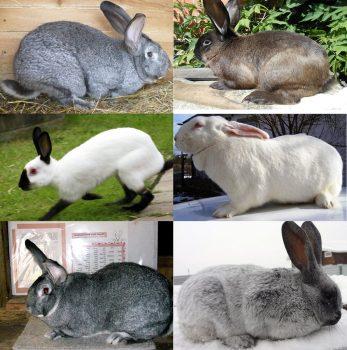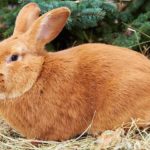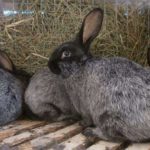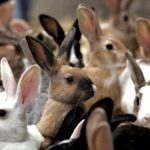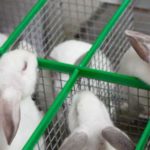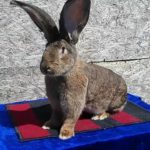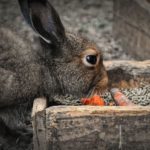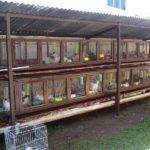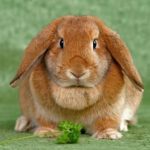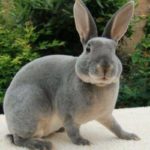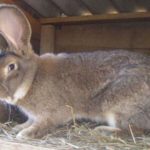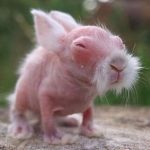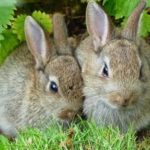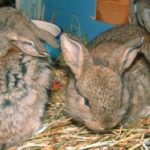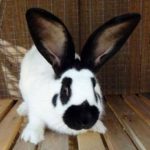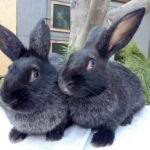The rabbit's body is quite resistant to adverse weather conditions, but is still not adapted to the extreme cold and winds observed in the Siberian regions. Therefore, breeding and keeping rabbits in Siberia requires a special approach: the construction of a closed, insulated rabbitry and the use of high-calorie feed. Siberian farmers are trying to acquire more hardy, cold-resistant breeds.
Features of the region
The territory of Siberia lies in the temperate continental and subarctic climate zones. The weather conditions here are harsh: heavy rainfall and strong winds.In the wild nature of Siberia, a rabbit will not survive even without taking into account predators: it will simply die from the cold in early November.
Rabbit breeding in such a climate is more expensive, but still profitable. The female gives birth to 25-30 rabbits per year, as a result the owner receives 40-50 kg of annual slaughter weight. An additional source of income is the sale of skins. Rabbit fur is used for sewing winter haberdashery and shoes.
Rabbit breeding is carried out by farmers in the Irkutsk, Novosibirsk, and Omsk regions. The largest and most successful farms are “Siberian Rabbit” (Krasnoyarsk) and “Tatyanin Khutor” (Novosibirsk).
Breed selection
Hardy, disease-resistant breeds that are distinguished by voluminous and dense wool that reliably retain heat are suitable for growing in Siberia. The majority of these breeds were bred in Russia. Russian rabbits are able to survive in winter even when kept in open cages. But to preserve the health of the animals, it is better to build a closed rabbitry. In Siberia, you can raise rabbits to produce both dietary meat and valuable fur.
For meat
Meat rabbits are distinguished by their massive physique and rapid growth of muscle mass. Siberian farmers should pay attention to the following breeds:
- The Californian is a breed that has gained popularity for its rapid growth. By 5 months of age, the animal reaches 5.5 kg and must be slaughtered. Females are fertile, giving birth to 8-10 rabbits. The soles of the paws are covered with thick hair, so the cold mesh covering does not cause discomfort.
- The New Zealand Red is an ideal breed for cage keeping. Strong, heavy, well-fed rabbits reach 4.5 kg by the age of 5 months. Fur on the soles prevents paws from getting cold on the mesh floor. It doesn’t mind harsh climatic conditions, but the breed is sensitive to drafts.
- The gray giant is a hardy, unpretentious, fast-growing rabbit with impressive dimensions. By 5 months of age it reaches 6 kg.
For skins
The body size of these rabbits is small, but the fur is of high quality. The climate of Siberia is optimal for fur rabbit breeding. In warm and humid conditions, rabbit fur has a short service life, and when animals are raised in Siberia, it does not lose quality for 3-4 years, and is not inferior in wearability to mink fur.
Siberian farmers should purchase the following breeds:
- The white giant is a large rabbit, weighing up to 5.5 kg. It develops slowly, reaches maturity only at 7 months, but has luxurious snow-white fur. Therefore, the breed is used primarily for fur production, although meat production is also quite profitable.
- The black-brown Kazan rabbit is distinguished by an unusually dense coat, reaching 24 thousand hairs per 1 cm2, and a unique color reminiscent of the fur of a black fox. The fur is transversely divided: the base is brown, the tips are black.
- The Russian Ermine is a small rabbit of English origin, weighing 4 kg. Valuable rabbit fur in color resembles the white coat of an ermine with black spots.
For meat and fur
Rabbits of this type are less massive than their meat relatives, but they have high-quality coats that are valued on the market.
Suitable for growing in Siberia:
- The Soviet chinchilla is an ideal breed for a Siberian farm, resistant to severe frosts. Pets grow quickly, are not capricious, and by 6 months they reach 4.5 kg. Female rabbits give birth to 8-10 babies.
- Rex is a French rabbit with luxurious, softly shimmering fur, suitable for simulating expensive furs. A mature individual weighs 4.5-5.5 kg.
- The Vienna Blue is an Austrian rabbit with excellent ability to adapt to climate. Early maturity is low, but fertility reaches 8-10 rabbits at a time. The wool is unusually soft, voluminous, 1 cm2 The body contains 21 thousand hairs.
- Silver is a rabbit with beautiful, very dense fur. Weighs 5-6 kg. Dark gray and white hairs grow mixed together, creating a silvery tint. The fur is so decorative that it does not need to be dyed.
How to keep rabbits in Siberia
Rabbits in Siberia live in cages, inside insulated rabbit hutches equipped with a pen for walking. When the temperature outside is minus 30 °C, the temperature in the barn should be at least +5 °C. In winter, the heating system is turned on, the optimal temperature is about +15 °C.
Some farmers do not clean the cages until the spring thaw, and in vain. In winter, the ventilation of a closed rabbitry is reduced, and decomposing manure fills the air with ammonia, making it more damp. Rabbits eventually develop fatal lung diseases, including pneumonia.
In Siberian conditions it is possible to breed rabbits in pits. It is necessary to dig a hole 1.5 m deep, with an area of 2x2 m. Dig holes in the walls where the pets will breed. The pit dwelling is regularly cleaned of dirt and manure. For the winter, they are well insulated, covered with insulating material so that the animals can breathe.
What to feed?
Rabbit diet, bred in Siberia, differs little from the diet of its southern relatives. However, during the winter months, when the animal spends more energy maintaining body temperature, the diet should be higher in calories, especially if the breed is a meat breed.A balanced diet consists of:
- fresh grass (summer), hay (winter);
- wood twigs;
- grains (preferably barley);
- root vegetables - potatoes, beets, carrots;
- feed;
- salt.
In winter, pets are given more hay. Moreover, they put them in the feeder in small portions so that the food does not stagnate. Individuals selected for slaughter are given concentrates: grain, meal, cake, bone meal.
Breeding rules
In Siberia, rabbits are bred according to slightly different rules than in the southern regions, taking into account the breed, breeding purposes and financial capabilities:
- install a rabbitry on a hill;
- the building is made of durable wood, the internal walls are lined with metal plates, and the outside is covered with insulating material;
- drafts and sudden temperature changes are not allowed, otherwise the young animals will die;
- install a heating system or connect the rabbitry to central heating;
- maintain a temperature in the rabbit’s home from +10 to +20 °C, humidity 70%;
- provide animals with constant access to food;
- carry out interbreeding to improve the health of the offspring;
- Rabbits are left with their mother longer to increase their chance of survival.
Farmers note that the main problem of rabbit breeding in Siberia is not so much the high mortality rate of rabbits born in winter, but rather the refusal of rabbits to reproduce in winter. This is easy to explain: females intuitively understand that the offspring have a negligible chance of surviving in harsh winter conditions, so they drive away the male, and in the event of forced mating, they refuse to feed the cubs and throw them out of the nest into the cold.
Such a nuisance is unlikely to happen if the rabbitry is insulated and modernized as much as possible so that the animals feel comfortable in it in any weather.

